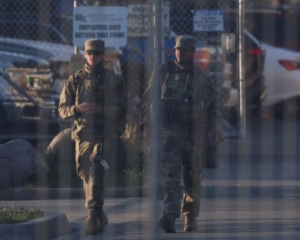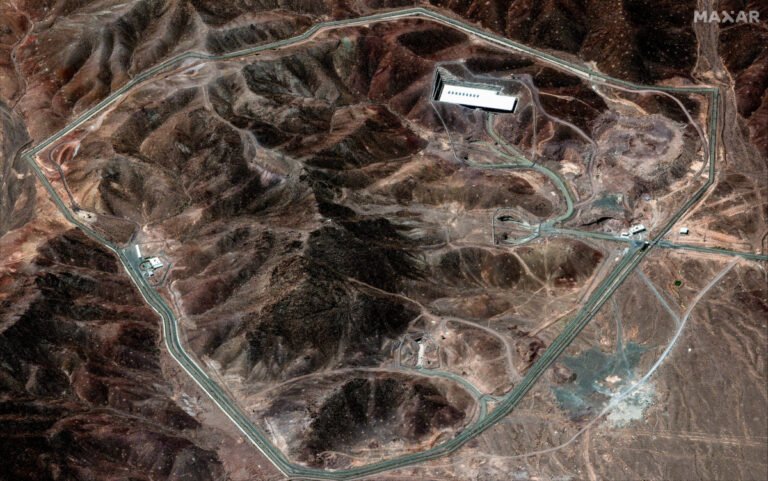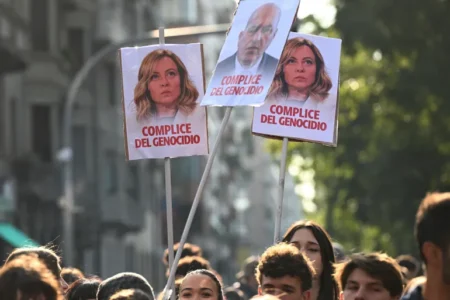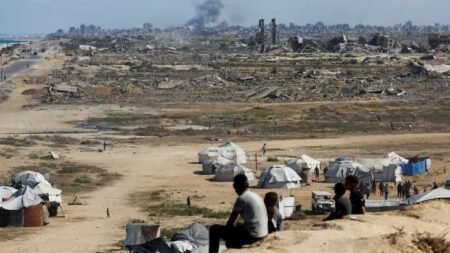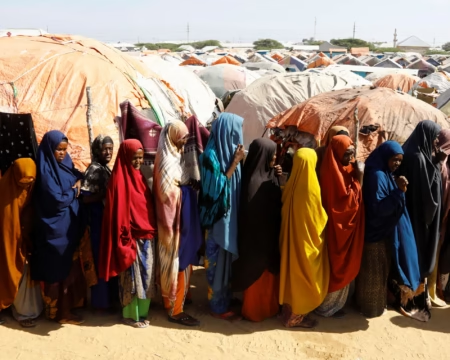The United States launched airstrikes on three important nuclear sites in Iran: Fordow, Natanz, and Isfahan. Shortly after the strikes, a confident statement came from former President Donald Trump, declaring that Fordow was “finished.” However, Iranian officials quickly responded, saying that all critical materials at Fordow had been removed ahead of time.
According to Iranian authorities, the attack did not cause any lasting damage. Key nuclear equipment and sensitive materials were already moved to a safer location before the strike. This strategic move prevented the kind of destruction that could have had long-term consequences.
Mehdi Mohammadi, an adviser to Iran’s Parliament Speaker Mohammad Bagher Ghalibaf, shared this information on social media. He wrote that Iran had long expected a possible strike on Fordow. For that reason, they had cleared the facility well before the attack took place.
He said the United States achieved very little through its strike. In his post, he also made two strong points. First, he stated that knowledge and science cannot be destroyed by bombs. Second, he confidently predicted that “the aggressors will lose this round.”
Iran’s official stance remains clear: while the attack happened, it caused no damage that cannot be repaired. Experts within Iran’s defense and nuclear agencies continue to assess the other two targeted sites, Natanz and Isfahan. The full extent of any damage there has not yet been made public.
In a separate assessment, a joint report by the Institute for the Study of War (ISW) and the Critical Threats Project (CTP) supported Iran’s claim. The report quoted a senior commander from the Islamic Revolutionary Guard Corps (IRGC), who confirmed that nuclear materials had already been moved to secure sites. This relocation, he said, was done to shield critical equipment from any external threat.
The commander added that Iran had anticipated military action from the United States or its allies and took precautionary steps. These measures were designed to ensure the safety of the country’s nuclear resources and the integrity of its strategic plans.
Tehran continues to portray itself as prepared and resilient. Iranian media and officials describe the US action as symbolic rather than effective. They argue that the real strength lies in Iran’s planning and readiness.
While tension between the two countries remains high, Iran’s message is one of calm control. Officials stress that they have the means to protect vital infrastructure, even in times of crisis.
In the broader picture, this incident highlights the ongoing conflict over Iran’s nuclear program. Western nations, especially the US, remain concerned about Tehran’s activities in this field. Iran, in turn, insists that its program is for peaceful purposes and remains under control.
Despite the airstrike, it appears that the actual result was far less than intended. The US may have aimed to damage Iran’s nuclear abilities, but by preemptively removing equipment, Iran has managed to hold its ground.
This event could increase tensions in the region, but so far, Iran’s reaction has been firm but not aggressive. Political analysts say this might help avoid a wider conflict, at least in the short term.
Iran’s careful response and early action to move key items from Fordow may be seen as a victory in its strategy to protect national interests. The country’s leaders continue to assure the public that all vital projects remain safe and intact.
With no permanent damage to the Fordow facility and unknown effects on the other two sites, the situation remains tense but stable. Future responses from both sides could shape the direction of international relations in the coming weeks.



